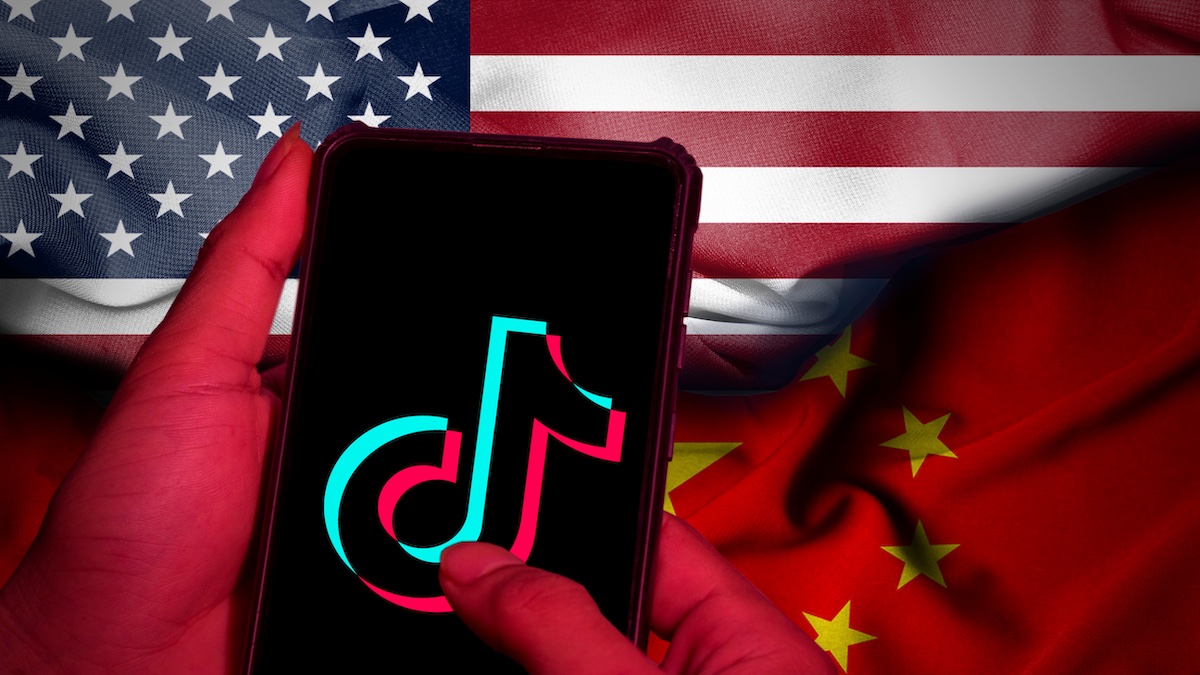Windows vs macOS – Who Rules in 2025? The long-standing rivalry between Microsoft’s Windows and Apple’s macOS continues to define the world of personal computing. In 2025, both platforms have evolved dramatically—powered by AI, cloud integration, and custom silicon chips—but the core question remains: which one truly rules today’s digital landscape?
A Legacy That Shaped Computing
The roots of this rivalry trace back to the 1980s, when Microsoft and Apple pursued two different visions of computing. Apple’s Macintosh focused on simplicity, design, and creative empowerment, while Microsoft’s Windows championed accessibility, flexibility, and mass adoption.
Four decades later, those founding philosophies still shape how each system operates—and how users choose between them.
Design and Experience: Elegance vs Flexibility
Apple has long been known for its design excellence. macOS remains clean, minimalist, and visually consistent across devices. Features like Stage Manager, Continuity, and Universal Control blur the lines between Mac, iPad, and iPhone, creating a seamless ecosystem that feels intuitive and polished.
Windows 11, meanwhile, brings versatility and customization. It offers a modern interface with improved multitasking, virtual desktops, and touchscreen support. Users can personalize nearly every aspect of the OS, from themes to hardware configurations—a freedom that Apple’s tightly controlled environment doesn’t allow.
Performance Power: Apple Silicon vs PC Innovation
Apple’s biggest leap came with its Apple Silicon chips—the M1, M2, and now M3 series—delivering outstanding power efficiency and performance. Macs now compete head-to-head with high-end PCs while maintaining whisper-quiet operation and impressive battery life.
Microsoft’s world, however, thrives on diversity and raw customization. From budget laptops to gaming rigs and professional workstations, Windows runs on an enormous variety of hardware powered by Intel, AMD, and NVIDIA. That flexibility means users can tailor performance to their exact needs, whether it’s gaming, 3D rendering, or enterprise workloads.
Software Ecosystem: Workhorse vs Creative Hub
When it comes to productivity, Windows still reigns supreme. It’s the backbone of global businesses, governments, and schools, running essential software like Microsoft Office, AutoCAD, and enterprise tools. Its open compatibility allows millions of developers to build for the platform with ease.
For creativity, macOS holds the crown. Artists, filmmakers, and designers prefer Macs for their reliability and integration with Final Cut Pro, Logic Pro, and Adobe Creative Cloud. The system’s stability and fine-tuned color accuracy make it the default choice in creative industries.
Gaming: Windows Still Dominates
Gaming remains Windows’ undisputed territory. With DirectX 12, Game Pass, and broad hardware support, PC gamers enjoy unmatched performance and choice. Most major titles are optimized for Windows, and Microsoft’s Xbox ecosystem strengthens that advantage.
Macs have never been gaming powerhouses, though Apple’s new Game Porting Toolkit and the power of Apple Silicon hint at slow progress. For now, however, serious gamers stick with Windows.
Security and Reliability
Apple maintains its reputation for strong security through system integrity protection and strict app vetting. Because Apple controls both hardware and software, updates roll out smoothly and consistently.
Windows, historically a target for malware due to its massive user base, has caught up in recent years. Features like Windows Defender, BitLocker, and AI-driven threat detection make Windows 11 more secure than ever.
Ecosystem and Cloud Integration
macOS shines when paired with other Apple devices. Features like AirDrop, Handoff, and iCloud Drive create a unified ecosystem unmatched in fluidity. Start an email on your iPhone, finish it on your Mac—it just works.
Microsoft’s ecosystem, while broader, focuses on cross-platform integration. Services like OneDrive, Microsoft 365, and Azure Cloud ensure your files and workflows follow you across Windows, macOS, iOS, and Android. Microsoft’s open approach offers flexibility, even if it lacks Apple’s seamless feel.
The Verdict: Two Champions, Different Crowns
So, who rules in 2025?
That depends on what kind of user you are.
Choose Windows if you value versatility, gaming, and customization.
Choose macOS if you prioritize design, creativity, and smooth ecosystem synergy.
The truth is, both have matured into powerful ecosystems driving the future of personal computing. Rather than competitors fighting for dominance, they now represent two philosophies coexisting—and pushing each other toward innovation.



